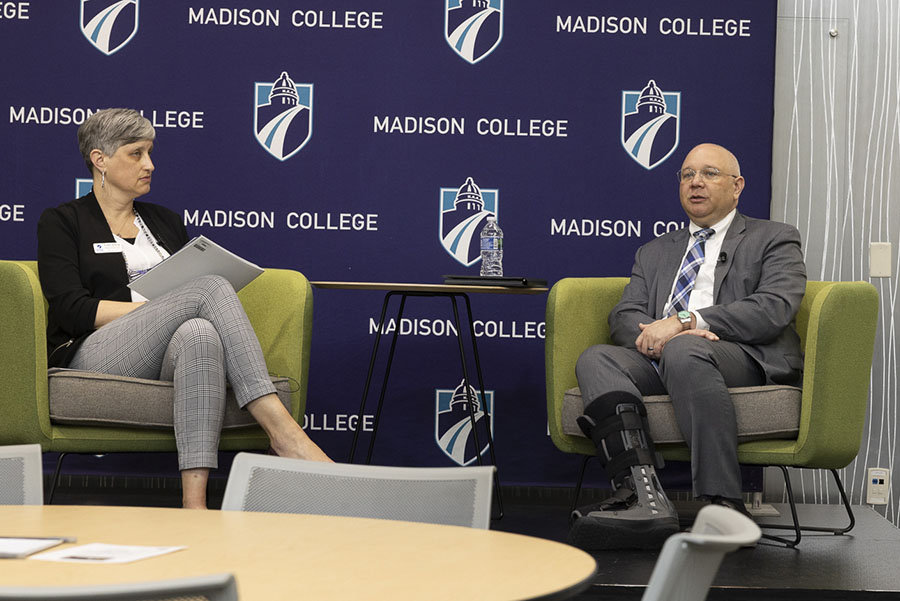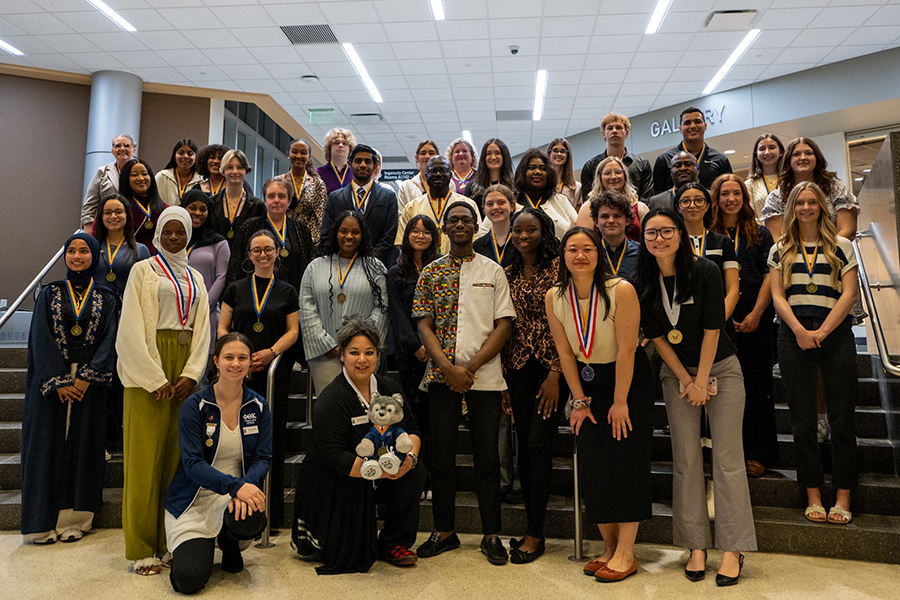Affirmative Action needed to overcome disadvantages
September 13, 2017
When students apply to college the factors colleges look at are not inherently equal. Many of these factors like SAT and ACT test scores can be figuratively bought. This leaves students from low-income households at a disadvantage.
Differences between low-income and high-income students stem from income segregation, which is the geographical separation of incomes. Unfortunately, minorities are often the majority of low-income households.
Across the United States, 24.1 percent of African Americans and 21.4 percent of Hispanics live in poverty, more than double the 9.1 percent of white Americans, according to the income and poverty report put out by the U.S. Census Bureau.
Once in poverty, it is extremely difficult to climb out because of systemic and structural inequalities. One way people can increase their earnings and eventually get out of poverty is through education. It has been shown over and over that earnings increase with one’s education level. More than 30 percent of adults over the age of 25 without a high school diploma are in poverty, compared to 4.5 percent for those with a college degree, according to the Census Bureau.
While education has the potential to work against systemic and structural inequalities, it also can perpetuate inequalities. If a lower percentage of low-income students get into colleges, then education is just furthering inequalities. That is why Affirmative Action is especially important – it levels the playing field in college admissions. Affirmative Action is meant to counter the perpetuation of inequalities through education.
A lot of the factors that colleges consider, like test scores, alumni relations and the rigor of the courses taken are preferential to high-income students. Test scores can be improved with a tutor or books which can be bought. The kids who have an alumni relation are most likely not from low-income families. The rigor of courses taken all depends on the school district, and the performance of the school district depends on money. School districts in low-income areas are statistically worse than schools in high-income neighborhoods.
Because of income segregation, students born into low-income households are at a disadvantage from birth. Low-income households are often isolated from the more affluent households because of housing costs creating low income neighborhoods and high-income neighborhoods. This is a serious issue because it creates concentrations of wealth which can easily be seen in the differences between school districts in high-income areas compared to low-income areas.
On average, more affluent neighborhoods will have better schools and resources for students which fosters more growth and furthers the gap between low-income and high-income students because often the schools and resources are worse in low-income areas.
“Nationally, 80 percent of lower-income students are not meeting reading standards, compared to 49 percent of higher-income peers,” according to the Annie E Casey Foundation, a group committed to working towards educational equality for all. This gap between low-income and high-income students is made obvious when children from low-socioeconomic families enter high school with average literacy skills five years behind those of high-income students, according to the Stanford’s Center Education Policy Analysis.
Students in more affluent neighborhoods also have more confidence about schooling. A study showed that individuals from a lower social class generally had less career-related self-efficacy when it came to vocational aspirations.
Those from higher social class backgrounds tend to be more successful in developing career aspirations and are generally better prepared for the world of work because of access to resources such as career offices, guidance counselors, better schools and familial experience with higher education, according to an article published in the Journal of Career Assessment.
But the differences don’t stop there. Prospective college students from low socio-economic backgrounds are less likely to have access to informational resources about college, according to an article published by Computers and Education, an international journal.
All of this cumulates into a continuation of the cycle of poverty. These disadvantages add up, and end up leading to “individuals within the top family income quartile (being) eight times more likely to obtain a bachelor’s degree by age 24 as compared to individuals from the lowest family income quartile,” according to a 2014 Census Bureau report.
All these inequalities are why Affirmative Action is necessary. It works as an equalizer, giving low-income students the opportunity to been seen on the same level as high-income kids.
A common misconception about Affirmative Action is that it is discrimination against whites. This is not true.
“The numbers of minority applicants are extremely small compared to the numbers of white students who apply to universities across the country. It is not mathematically possible that the small numbers of minority students who apply and are admitted are displacing a significant number of white students,” according to Columbia University President Lee C. Bollinger.
While Affirmative Action is necessary, it isn’t much help when minorities and low-income students get to campus. Students who were in an under-preforming school district are now thrown into a very intense and completely different environment without a support system.
It is argued that this encourages failure, and while that may be true, it is not a strong enough reason to dissolve Affirmative Action. It is reason enough to create support systems for incoming students from low-income school districts. It’s on the universities to do this, and support the mission of Affirmative Action.
Affirmative Action is a step in the right direction, but it’s not enough. We need to create a system that addresses the widespread systemic and structural inequalities in our society.






























